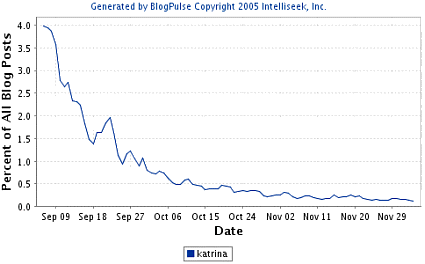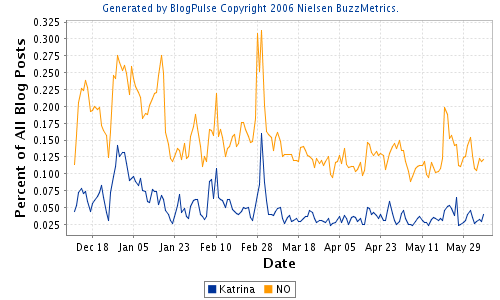Harry Shearer in New Orleans
Harry Shearer: A New Orleans Diary, part 4:
It's been a squint day. That is to say, one of those days when, if you squint sufficiently, it's easy to convince yourself that New Orleans is back to normal. The first big convention is in town, the librarians, and a couple of my author friends are in town for the occasion. I, being an upcoming author (novel coming out in the fall, details to follow), bought a badge for $25, and wandered the floor looking for librarians who might want to buy a funny novel. And, no squinting required, we were in the Convention Center, and, after that first moment when your mind reruns That Footage, you forget anything but the fact that Google seems to have the biggest display space at the library convention.(Link added.) See also parts 1, 2, 3, and 5.
Speaking of rerunning footage, the head of the local convention and visitors' bureau has complained more than once that, when he pitches convention organizers on coming back to NO, he frequently gets this response: 'But isn't your city still under water?' My friend John chooses to assign that response to the file summed up by the classic NO t-shirt slogan, 'It's not the heat, it's the stupidity.'



